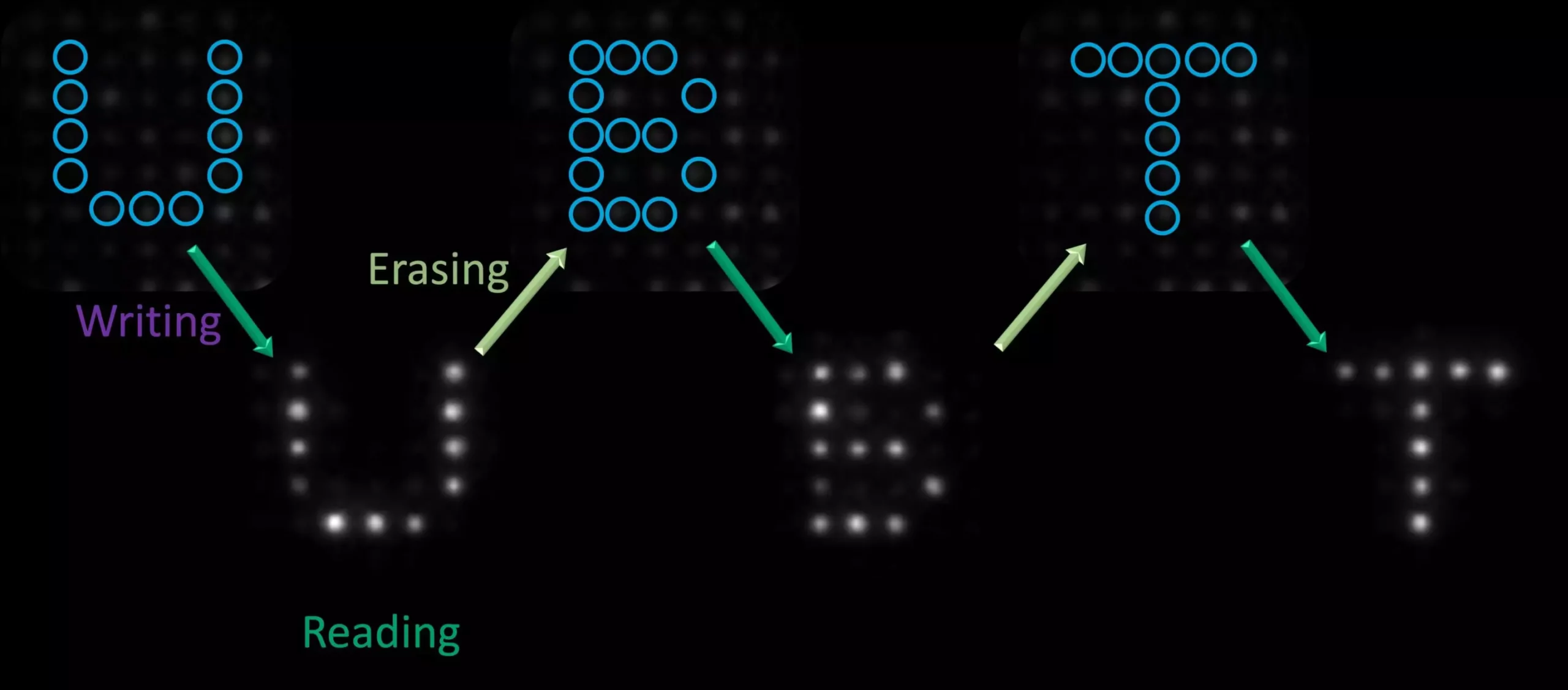Recent advancements in optical technology have opened new avenues for the development of innovative data processing systems. A pioneering collaboration between the University of Bayreuth and the University of Melbourne has produced groundbreaking results in the realm of optically switchable photonic units. These units pave the way for a new era in information technology, where data can be stored and read using light rather than traditional electronic methods. This collaboration showcases not just technological synergy but also a significant leap toward potentially redefining the foundation of integrated circuits as we know them.
Integrated circuits have become the backbone of modern electronic devices, permeating every aspect of daily life—from computers to mobile phones. Their operational basis relies heavily on networked systems of logic gates, where electrons serve as carriers of binary information. However, the dream of creating photonic logic gates, which utilize photons for signal processing, could revolutionize this existing paradigm. The implications of such technology could lead to faster processing speeds, reduced heat generation, and increased energy efficiency—qualities that are increasingly critical in the face of growing data demands.
This ambitious project is spearheaded by a team led by Professor Jürgen Köhler and Professor Mukundan Thelakkat from the University of Bayreuth, alongside Professor Paul Mulvaney from the University of Melbourne. Their exhaustive research has culminated in the successful demonstration of optical writing, reading, and erasing capabilities using microstructured polymer spheres. Astonishingly, the researchers managed to perform numerous cycles of data manipulation on the same microstructure, showcasing the potential for complex data storage and retrieval systems. This collaboration is not just a testament to scientific ingenuity but also highlights the importance of interdisciplinary teamwork in achieving major breakthroughs.
Optical technology offers distinct advantages over electron-based systems. As Professor Köhler points out, light enables a variety of multiplexing techniques, allowing for data differentiation based on signal strength, wavelength, and polarization. This multifaceted approach lends itself to a more sophisticated handling of information, which may ultimately lead to richer and more effective data communication frameworks. With the capacity to manipulate signals on different levels, this research presents the possibility of enhancing the storage capacities and processing speeds beyond what electron-based systems can achieve.
Looking ahead, the development of photonic logic gates could have monumental implications for the future of microchips and computing processes. As data continues to proliferate in our digital age, the ability to manage this information efficiently will be paramount. By harnessing the properties of light, we could see a transition from conventional electronics to optical systems that not only increase the speed and efficiency of data handling but also reduce the energy footprint. Such advancements could redefine how we approach computer architecture, telecommunications, and countless other fields reliant on data processing.
The collaboration between the University of Bayreuth and the University of Melbourne marks a significant milestone on the road to optical logic gates and photonic data processing. The implications of this research suggest a future where our current electronic ecosystems evolve into more advanced, light-based systems. While still in its infancy, this technology stands poised to change the narrative of computing, opening doors to faster, safer, and more efficient methods of information management—ultimately revolutionizing our digital landscapes.


Leave a Reply